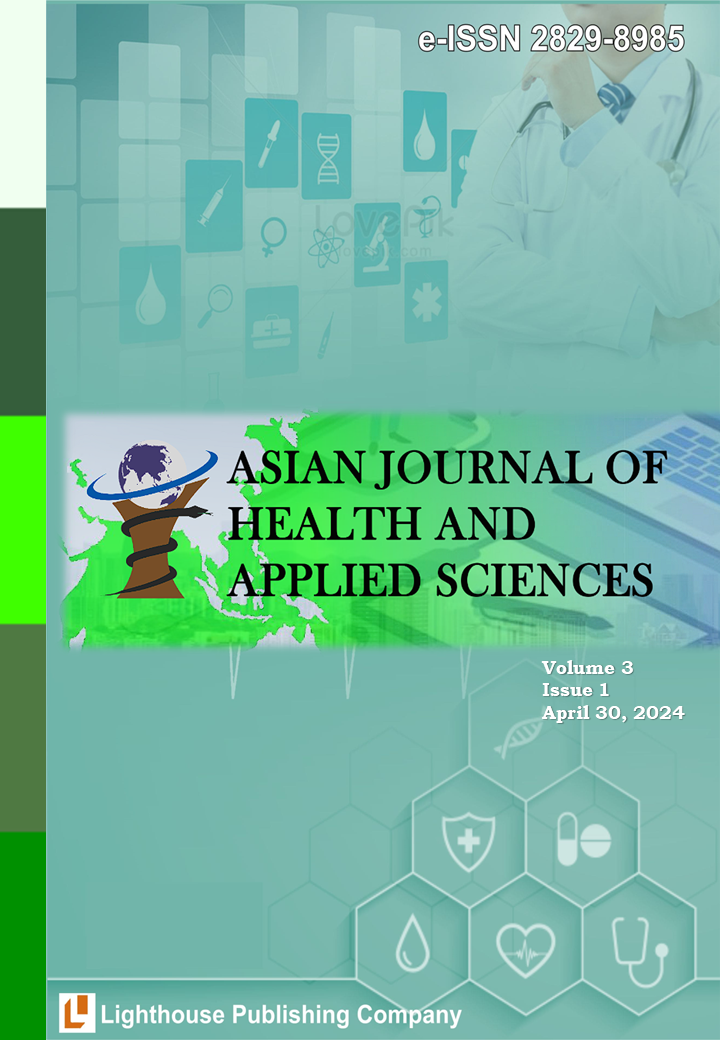Academic Stress and Subjective Well-Being among Adolescents on Islamic Boarding School in Rural Aceh
DOI:
https://doi.org/10.53402/ajhas.v3i1.416Keywords:
Abstract
Subjective well-being (SWB) is something that is directly related to what a person thinks and how they feel about their life. SWB is one of the important things for adolescents, it could influence the learning process, social, and emotional relationships. However, adolescents who have low SWB will easily experience depression, fatigue and anxiety. This research aims to determine the relationship between subjective well-being and academic stress in adolescents at one of the Islamic boarding schools in Aceh, Indonesia. A cross-sectional study was conducted on adolescents in an Islamic boarding school in Aceh Province, Indonesia. There were 169 respondents were taken by using a simple random sampling technique. Data were collected using the Scale of Positive and Negative Experience (SPANE), Satisfaction with Life Scale (SWLS), and Educational Stress Scale for Adolescents (ESSA). The results of the Chi-square test analysis showed a relationship between academic stress and subjective well-being in adolescents (p-value 0.030). Therefore, academic stress is an important aspect to pay attention because it can affect adolescents' subjective well-being. It is suggested that community health centers and Islamic boarding schools to increase the involvement of adolescents in peer counsellor programs so that adolescents can have good stress management and improve stressors through health promotion.
Downloads
Submitted
Accepted
Published
How to Cite
Issue
Section
License
Copyright (c) 2024 Sorayati Dwi Utami

This work is licensed under a Creative Commons Attribution-NonCommercial-NoDerivatives 4.0 International License.




